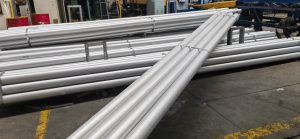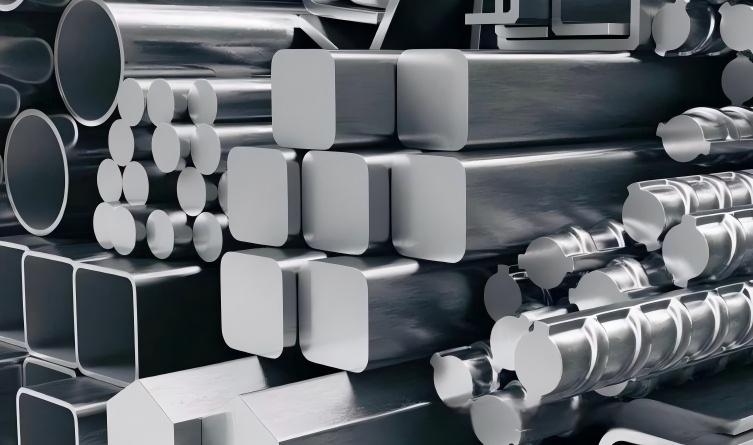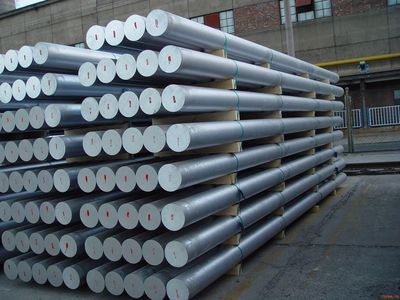Beautiful Plants For Your Interior

Aluminum material properties, classification of aluminum alloy grades
There are over 1,000 registered aluminum alloy grades internationally, and each grade has multiple states. There are significant differences in hardness, strength, corrosion resistance, machinability, weldability, and decorative properties among them. When choosing an aluminum alloy grade and state, it is difficult to meet all these aspects simultaneously and it is not necessary to do so. Instead, based on the performance requirements of the product, the operating environment, the processing process, and other factors, the priority order of various properties should be set. Only in this way can a reasonable material selection be achieved, and the cost can be reasonably controlled while ensuring performance.
- Hardness: Many people are very concerned about the hardness when purchasing aluminum. The hardness is primarily directly related to the chemical composition of the alloy. Secondly, different states also have a significant impact. From the highest achievable hardness, the order is 7 series, 2 series, 4 series, 6 series, 5 series, 3 series, and 1 series, which decreases successively.
- Strength: Strength is an important factor that must be considered during product design. Secondly, when using aluminum alloy as components, an appropriate alloy should be selected based on the pressure it will bear. Pure aluminum has the lowest strength, while the 2 series and 7 series heat-treated alloys have the highest strength. There is a certain relationship between hardness and strength.
- Corrosion Resistance: Corrosion resistance includes properties such as chemical corrosion resistance and resistance to stress corrosion. Generally speaking, the corrosion resistance of 1 series pure aluminum is the best, 5 series performs well, followed by 3 series and 6 series, while 2 series and 7 series are relatively poor. The selection principle for corrosion resistance should be determined according to the specific application scenario. When using high-strength alloys in corrosive environments, various anti-corrosion composite materials must be used.
- Processability: The processing performance includes forming performance and cutting performance. Since forming performance is related to the state, after selecting the aluminum alloy grade, it is also necessary to consider the strength range of various states. Generally, the ones with higher strength are less prone to forming. If you want to perform forming processing such as bending, stretching, and deep drawing on aluminum materials, the forming performance of the material in the annealed state is the best. Conversely, the forming performance of the material in the heat-treated state is the worst. The cutting performance of aluminum alloys is poor. For molds and mechanical parts that require better cutting performance, the low-strength ones have poorer cutting performance. For products that require cutting processing such as molds and mechanical parts, the cutting performance of aluminum alloys is an important consideration factor.
- Weldability: The weldability of most aluminum alloys is not an issue. Especially the 5 series of aluminum alloys, which are specifically designed for welding purposes. In comparison, the 2 series and 7 series of aluminum alloys are more difficult to weld.
- Decorative performance: When aluminum is used for decoration or in certain specific situations, its surface needs to undergo processes such as anodizing and coating to achieve the desired color and surface structure. At this point, the decorative properties should be given top priority consideration. Generally speaking, materials with better corrosion resistance have excellent anodizing performance, surface treatment performance, and coating performance.
- Other characteristics: Besides the aforementioned features, there are also electrical conductivity, wear resistance, heat resistance, etc. These can also be taken into consideration when selecting materials.



